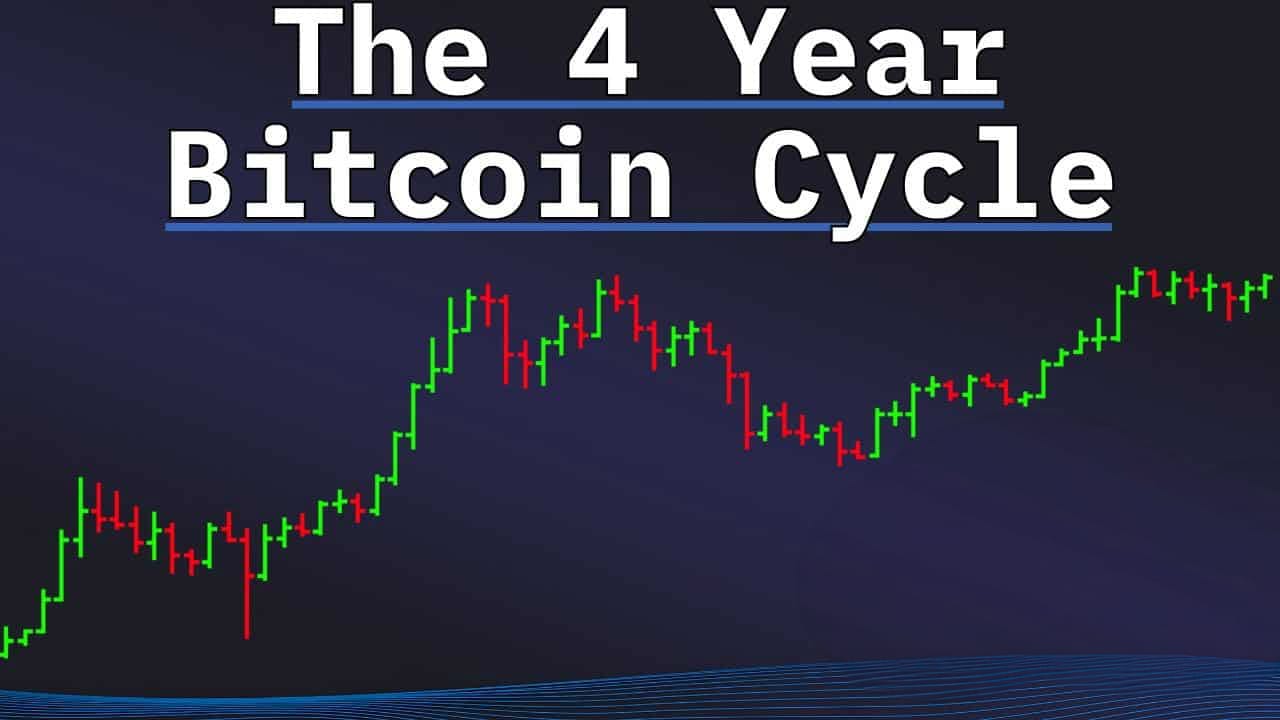Is Bitcoin’s Four Year Cycle Over? New Dynamics Challenge Old Patterns

The crypto community is increasingly divided over whether Bitcoin’s longstanding four-year price cycle, historically tied to halving events, remains relevant in today’s landscape. Proponents of the view that the cycle has ended point to a surge in institutional participation and new financial products that provide consistent demand. This shift suggests Bitcoin is transitioning from a volatile asset driven by periodic supply shocks to one influenced by broader economic forces.
Analysts like Matthew Hougan from Bitwise Asset Management argue that the cycle is likely over, emphasizing that confirmation would come with positive returns in 2026. He highlights how factors such as Bitcoin ETFs and regulatory clarity are creating sustained inflows that disrupt traditional patterns. Similar sentiments echo across social media, where users note that ongoing purchases by institutions, governments, and corporations are paving the way for more stable growth.
In recent months, Bitcoin has demonstrated deviations from past cycles, reaching a new all-time high near $123,000 in July 2025 before experiencing some pullbacks. This performance contrasts with historical post-halving rallies, fueling speculation about a prolonged bull phase. Community discussions stress that the asset’s maturation is evident in reduced volatility and its alignment with global financial trends.
Stay In The Loop and Never Miss Important Bitcoin News
Sign up and be the first to know when we publishFactors Driving the Potential End of Traditional Cycles
Institutional adoption stands out as a primary driver, with spot Bitcoin ETFs accumulating over one million BTC by mid-2025, ensuring steady buying pressure independent of halving timelines. Corporations like Strategy continue to bolster their holdings, while potential government reserves add another layer of support. These elements collectively diminish the impact of halvings, which now represent less than one percent of the total supply.
Counterarguments maintain that the cycle persists through connections to global liquidity trends, such as quantitative easing periods that have historically aligned with Bitcoin’s bull runs. Experts like Lyn Alden describe Bitcoin as a barometer for worldwide money supply changes, suggesting that liquidity expansions every four to five years could sustain rhythmic price movements. Fidelity’s research supports this by noting similarities in the 2024-2025 acceleration phase to previous cycles, despite new influences.
Regulatory advancements, including Bitcoin’s integration into 401(k)s, promise trillions in passive investments, further decoupling prices from retail hype. Analysts at ARK Invest observe that while cycles may linger, 2025’s performance indicates extensions into future years. Predictions vary, with some forecasting $200,000 by the end of 2025 based on power-law models, though risks from policy shifts or economic tightening remain.
As Bitcoin’s market cap surpasses $2 trillion, the halving’s relative influence wanes, prompting investors to adapt strategies focused on long-term holdings rather than timed entries. Community consensus leans toward less dramatic booms and busts, with social media amplifying calls for viewing Bitcoin as hard money absorbing fiat value. Price action in the coming months will ultimately clarify if old models hold or if a new paradigm has fully emerged.
NEW: ETF ISSUER BITWISE SAYS THE 4-YEAR #BITCOIN CYCLE IS DEAD
— The Bitcoin Historian (@pete_rizzo_) April 28, 2025
"THERE WILL BE AN OVERWHELMING AMOUNT OF CAPITAL COMING TO BTC." 🚀 pic.twitter.com/GXjca9BOvm
Bitwise says there will be an overwhelming amount of capital inflows ending the four-year rhythm for Bitcoin, which echoes that institutional forces and macro conditions now dominate BTC pricing. These perspectives highlight Bitcoin’s shift from niche technology to a cornerstone of global finance.
Looking ahead, the 2028 Bitcoin halving may serve as a litmus test, but current trends suggest participants should prioritize macroeconomic indicators over historical charts. The narrative balances sustained growth potential with awareness of enduring patterns. Adaptation appears key as Bitcoin integrates deeper into traditional systems.

